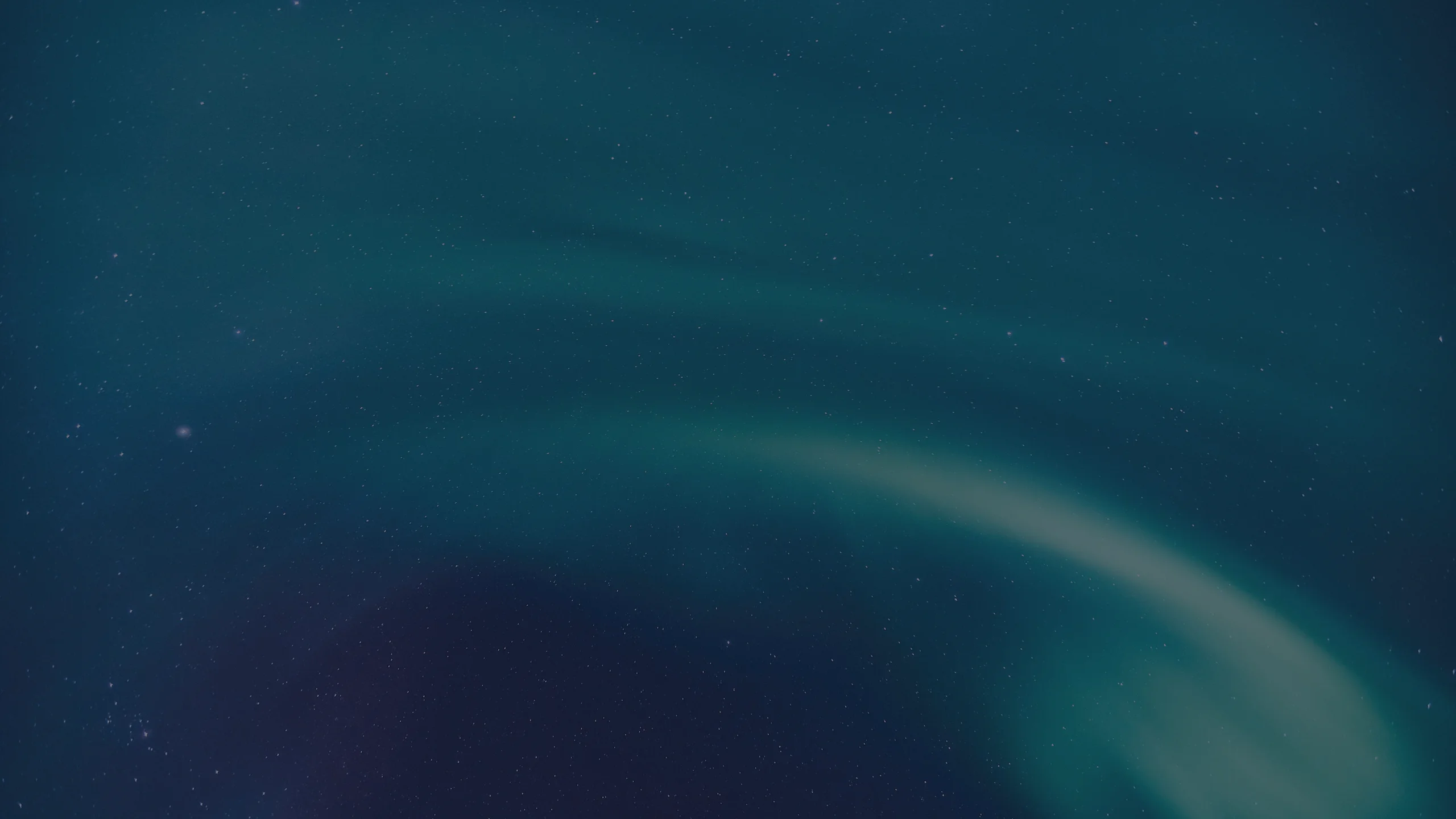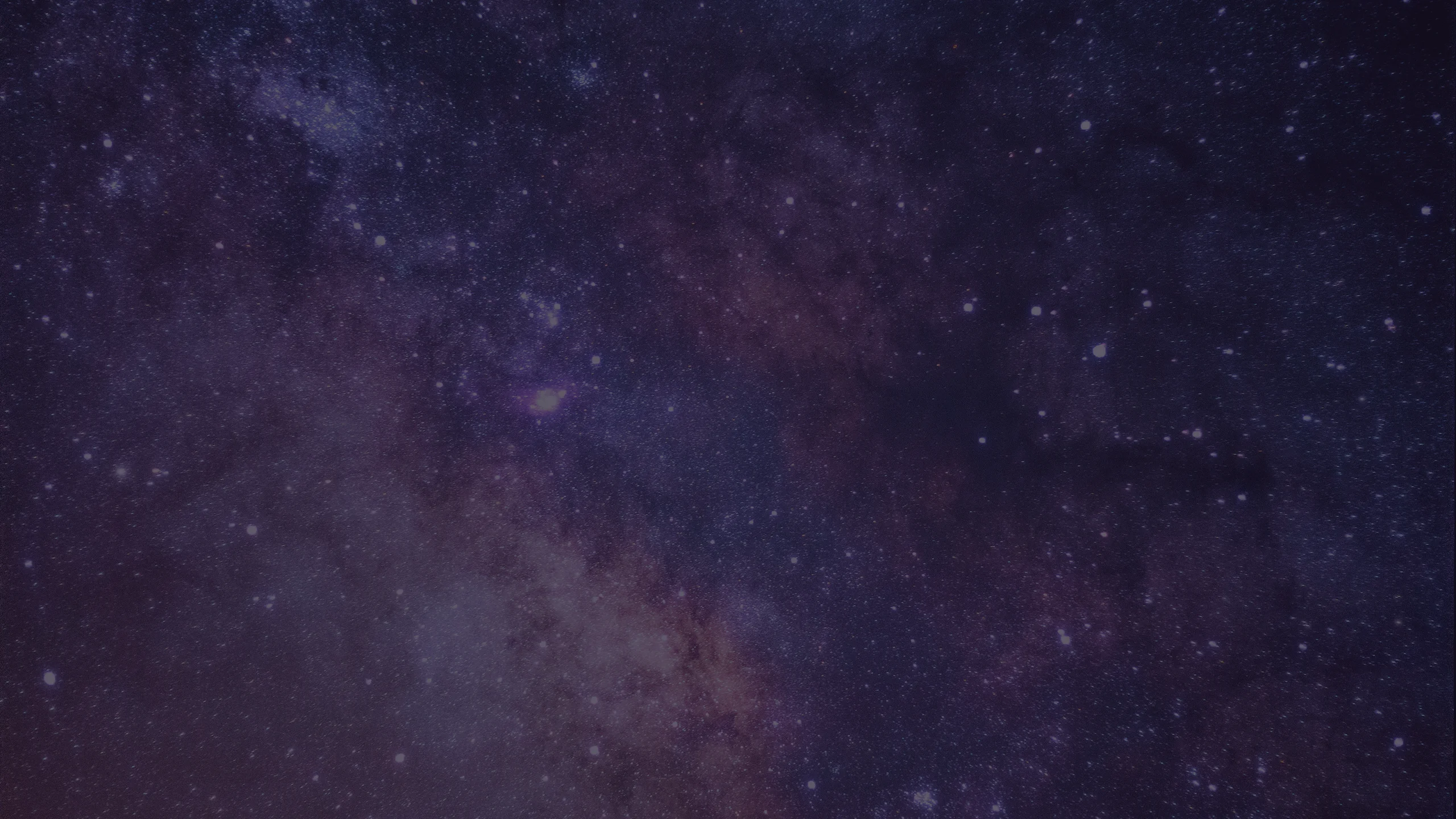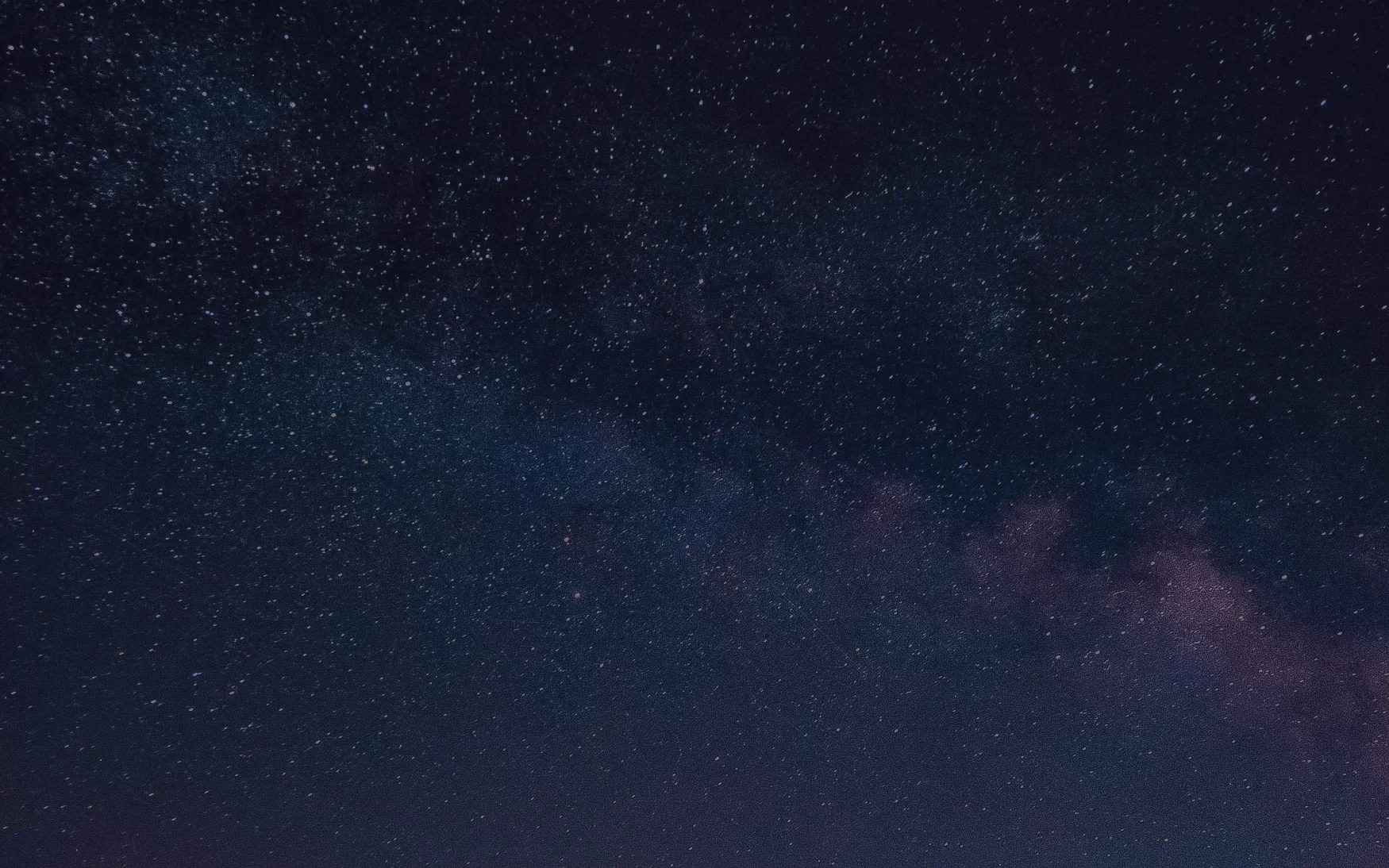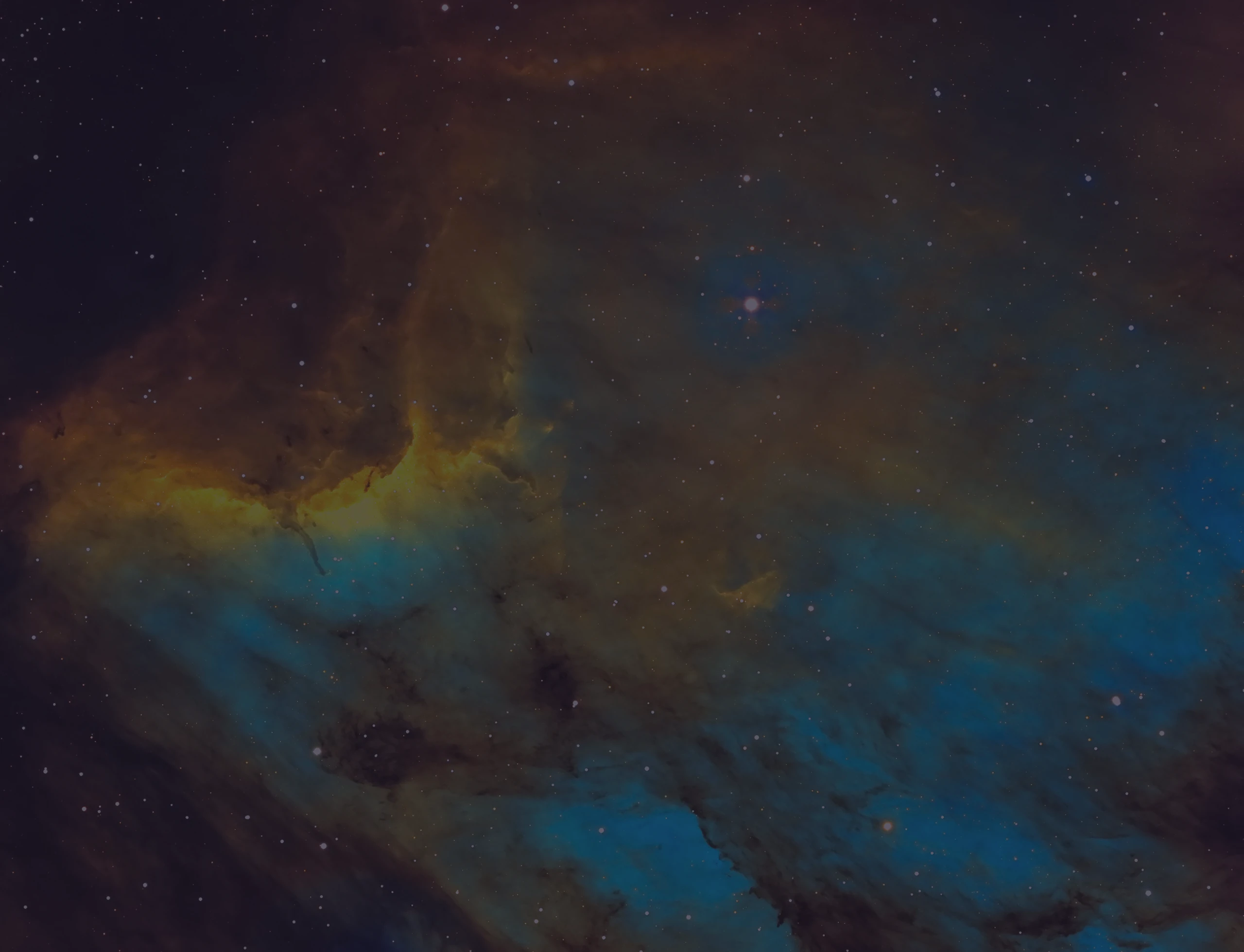A team of researchers from the University of Adelaide has defeated some of the world’s most prestigious universities and space technology companies at an international space competition, hosted by the European Space Agency.
The South Australian team – including Associate Professor Tat-Jun Chin, Dr Bo Chen and Dr Alvaro Parra Bustos – edged out 50 other teams to win the global Pose Estimation Challenge this month by using machine learning and 3D vision algorithms to determine the most accurate orientation of an object in space.
As part of the challenge, teams were given images of the Tango spacecraft from the 2016 PRISMA mission and were required to determine the orientation of the craft in relation to the observer from close rendezvous.
The observer may be another satellite which is tasked to recover or destroy the object.
Director of Machine Learning for Space Engineering at the Australian Institute for Machine Learning (AIML) Prof Tat-Jun Chin said the team’s success in the global challenge strengthens the University of Adelaide and AIML’s reputation as leaders in developing data-driven solutions to space engineering problems.
“[Winning this competition] opens doors and captures people’s attention. It sends a message to the rest of the world that the University of Adelaide and AIML is in the game,” Prof Chin said.
“What sets our solution apart from the others is the unique combination of machine learning and 3D vision algorithms – these are two areas we have strong expertise in at the university at the AIML.
“Figuring out the orientation of an object is a long-term study problem in computer vision and AI. If you want to program a robotic arm to make coffee, you need to figure the orientation of the object with respect to the robot; we are now applying those techniques in space.
“We are one of the few teams in the world doing this in space.”
To develop their solution, the team were able to leverage the University of Adelaide’s Phoenix High Performance Computing cluster to train their novel model on data made available by the competition organisers.
Prof Chin said the know-how generated through the competition will enable the researchers, who have an existing research partnership with Inovor Technologies and Defence Science Technology supported by an ARC Linkage grant, to further contribute to the mission of Space Situational Awareness (SSA).
The Australian Space Agency has identified SSA as a priority area and includes the task of mitigating the risk posed by space debris to space applications.
“SSA is traffic management; not only managing operational things that you can control, such as space assets and infrastructure, but the things you can’t control, like space debris,” Prof Chin said.
“It’s about finding out what went where so the next time when you are launching a new space asset, or trying to change the orbital parameters of your current asset, you know it’s not endangered through collision or other incidents.
“SSA has always been regarded an important capability, but it’s becoming a more pressing issue because of increasing space commercialisation.”
South Australian Space Industry Centre Chief Executive Richard Price congratulated the team and said the win was further evidence that Australia is creating world leading technology for space applications.
“It’s fantastic to another incredibly talented team from South Australia representing the nation and winning a global competition; their success is just another example of South Australia’s leadership in space technology,” he said.
“This huge win will no doubt open doors for the team and create even more opportunities in this exciting industry for businesses, right here in South Australia.”
By Laura Tilley



